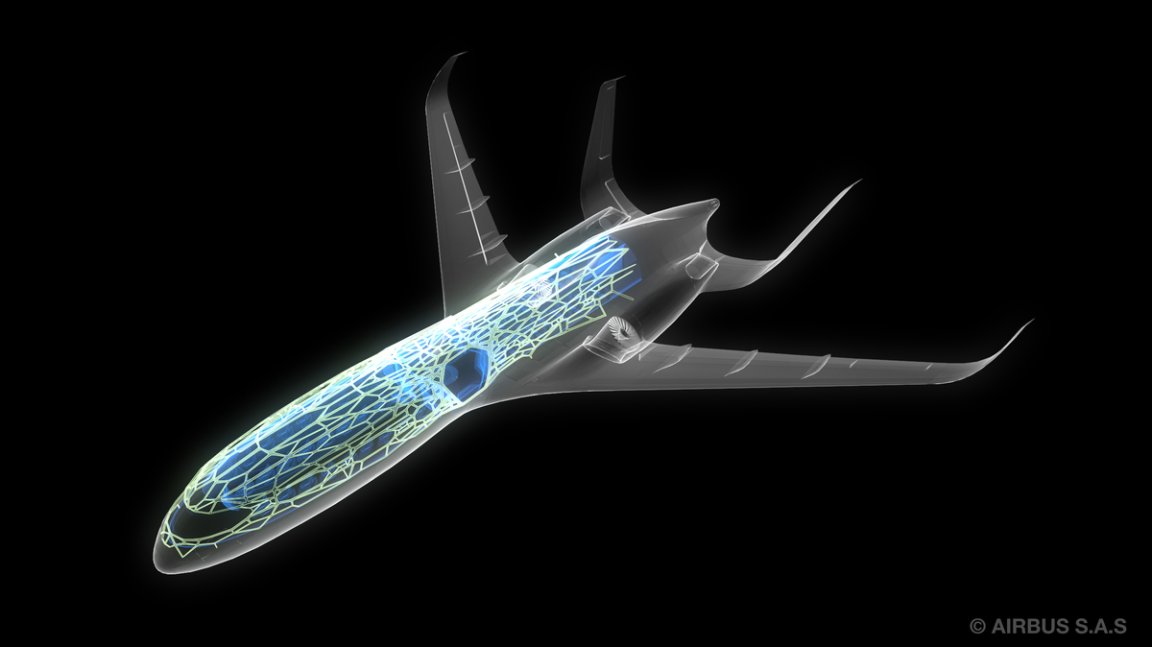
Printable Aircraft
Airbus, a leading aircraft manufacturer, has just unleashed THOR—Test of High-tech Objectives in Reality—a miniature aircraft constructed from 3D printing technology. The windowless, pilotless, and propeller-driven THOR weighs in at 21 kg, and measures less than 4 m long.
Though it is much smaller than a regular jet, THOR is capable of stable flight and even promises to save on time, fuel and money.

The majority of THOR’s parts are extruded out of a 3D printer from a substance called polyamide. The only parts of the plane that aren’t printed are its electrical elements.
The use of 3D printing technology in the field of aviation presents many benefits. Jens Henzler of the Hofmann Innovation Group, a leading supplier of automotive plastic components, says, “The printed pieces have the advantage of requiring no tools and…they can be made very quickly.”
Aside from the speedy production of parts, the metal components created from 3D printing technology are lighter than traditionally-manufactured parts by 30-50%. 3D-printed components also eliminate manufacturing waste and cut manufacturing costs.

Engineers also have plans to apply this technology to spacecraft. In fact, the European Space Agency (ESA) plans to begin using the Airbus Ariane 6 rocket in 2020, which will feature many printed components and potentially halve the costs incurred by its predecessor, the Ariane 5.
Aviation Innovation
The latest 3D printers are capable of printing longer and more complex designs. Airbus is exploring this by testing methods enabling them to print an injection assembly for an engine, reducing the number of individual pieces from 270 to just three.
And because 3D-printed aircraft are lighter, they require less fuel, reducing carbon emissions and other pollutants from being released into the environment. As air traffic is expected to double in the next 20 years, reducing the carbon footprint in aviation is a priority. Ralf Fuecks—head of the Heinrich Boell foundation think tank of the German Green Party—says, “the decisive issue is radical technical innovation in a relatively short time.”
He may have a point. A survey of air industry insiders reveals that many believe that, by 2030, most spare aircraft parts will be printed on site at the airport, and that even the aircraft themselves will be entirely 3D-printed.